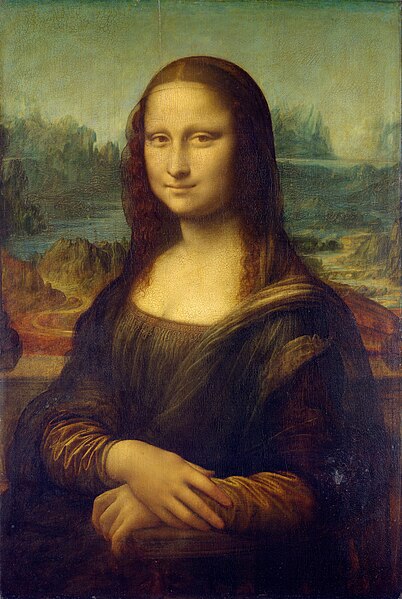 |
| Not the picture in question. But a good one - whoever painted it. |
Take a point of example. We have recently heard that a 'fake' picture allegedly by Leonardo da Vinci could be real. If this is the case, the picture, which last sold for £14,000 'could be worth millions.' Now either this is a great work of art or it isn't. If it's great, it should be worth a lot of money. If it's not, it shouldn't. Why does it matter whose name is attached to it? That's just a matter of celebrity, as much as paying money for the rights to Kerry Katona's latest exploits. Who made the picture is irrelevent to whether or not it's a great work of art.
It's the same with music. Whether a piece is by Mozart (say) or one of his less famous contemporaries, it shouldn't make any difference - merely how good it is. Anything else is just idiocy riding on the back of celebrity.
Note this doesn't say there's anything wrong with expecting something interesting from paintings by Leonardo because he's a great artist. That's just like wanting to read the latest book by your favourite author. It makes sense. But when it comes to the value of an individual painting that should stand alone. After all, even the best author can produce a turkey, and the best book you've ever read could be by a new author.
Behold, the cult of celebrity in its worst possible form - and it's the art world that keeps it going.
Image from Wikipedia

Comments
Post a Comment